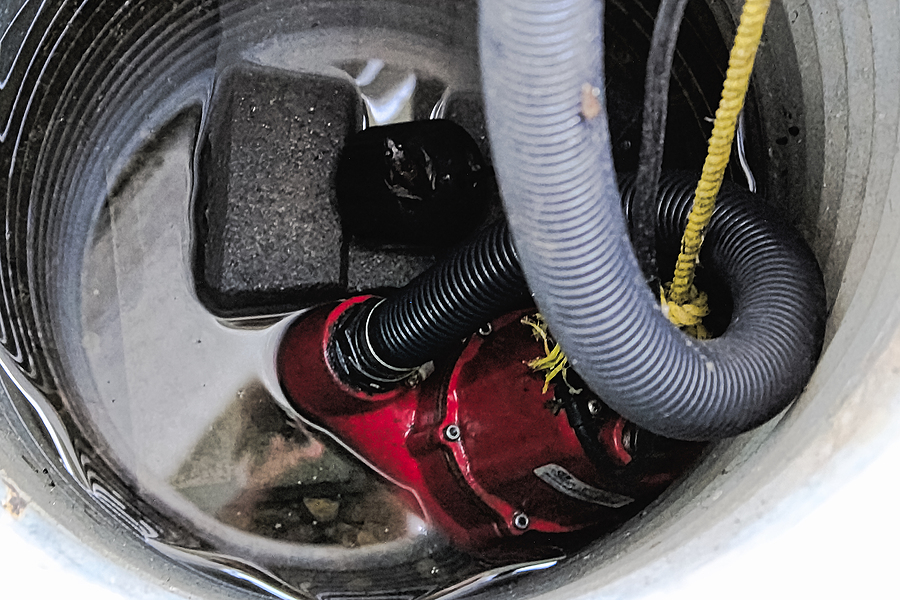
DIY sump pump inspection – what you need to know
High amounts of rainfall in Ohio during the springtime make this the ideal time to inspect your sump pump to make sure it is in good working order. While your sump pump is out of sight, it should not be out of mind.
A sump pump protects your basement and home from water damage by pumping groundwater away from your home. If the pump is working properly, it will collect groundwater in a pit below the basement floor. When the pit begins to fill, a float triggers the sump pump to turn itself on, then pump the water out to a city storm sewer or the nearest drainage ditch.
Here are some helpful tips to determine if your sump pump is ready for the spring rains.
Testing and maintaining your sump pump:
- Check the pit for any debris and clean this out to ensure nothing will interfere with the float.
- To ensure your sump pump is working, test it by pouring a few buckets of water into the pit. Make sure the pump turns on, empties most of the water from the pit, then turns itself off again. If it does not turn on, you’ll want to call a Waterworks pro as soon as possible for repair or replacement.
- If you have a battery backup system, and the battery is over three years old, it’s a good idea to remove it and have it tested.
We also recommend checking to ensure the water makes it to the street while the sump pump is working. If not, that could mean the downspout is clogged and you’ll need a professional to inspect and clean the downspout.
The Waterworks can help if you need a new system or want to learn more about a battery backup system for your current pump. Our pro-technicians can ensure your sump pump still works in the event of a power outage to increase flood prevention.
Plumbing emergency? We respond any time!





